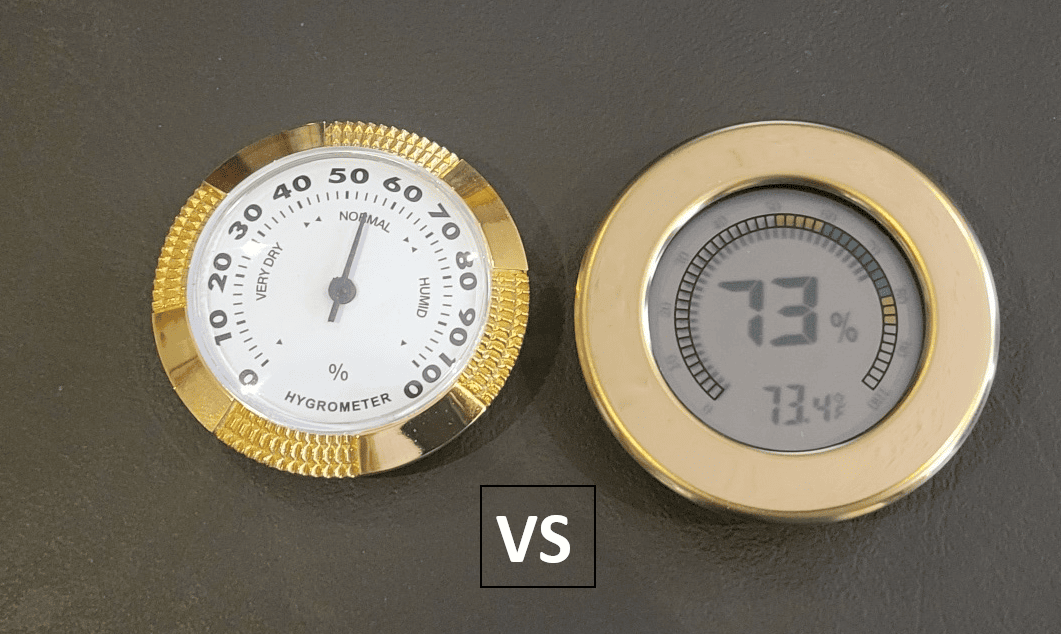
Hygrometers are essential tools for measuring humidity levels in various environments, from homes to greenhouses. They come in two primary types: digital and analog. Each has its advantages and disadvantages, making it crucial to understand the differences when selecting the right hygrometer for your specific needs. hygrometer digital vs analog.
The Basics of Hygrometers
A hygrometer measures the moisture content in the air, providing valuable data for various applications. Humidity levels can significantly impact health, comfort, and the preservation of items like wooden furniture, musical instruments, and sensitive electronics. Thus, having a reliable hygrometer is crucial for maintaining an optimal environment.
Digital Hygrometers: Precision and Technology
Digital hygrometers have become increasingly popular due to their ease of use and accuracy. They often feature large, easy-to-read displays and provide real-time readings of humidity levels. Many models also include additional features such as temperature readings, memory functions, and even connectivity options that allow you to monitor conditions remotely through apps.
One of the primary advantages of digital hygrometers is their accuracy. They typically offer readings within a range of 1-3% relative humidity, making them ideal for environments where precise humidity control is crucial, such as laboratories or industrial settings. Furthermore, many digital models come equipped with sensors that can automatically calibrate, ensuring long-term accuracy.
However, digital hygrometers do have some drawbacks. They require batteries to operate, which means they can fail if the power source runs out. Additionally, their reliance on electronic components can make them more susceptible to damage from extreme conditions.
Analog Hygrometers: Traditional and Reliable
Analog hygrometers, also known as mechanical hygrometers, utilize physical mechanisms to measure humidity. They often use materials like human hair or specialized metals that expand or contract with changes in moisture levels. This movement is then translated into a reading on a dial.
One of the key advantages of analog hygrometers is their durability. They do not require batteries and can function well in a variety of conditions, making them suitable for outdoor use or in areas prone to power outages. Additionally, many people appreciate the aesthetic appeal of an analog hygrometer, which can serve as a charming decorative piece in a home or office.
However, analog hygrometers can be less precise than their digital counterparts. They may have a higher margin of error, sometimes ranging from 5-10%. Calibration can also be more complicated, as it often requires manual adjustments.
Which One Should You Choose?
The choice between digital and analog hygrometers largely depends on your specific needs. If you require precise measurements and additional features, a digital hygrometer may be the better option. They are especially useful in environments where humidity control is critical, such as in wine cellars or for the care of musical instruments.
On the other hand, if you prefer a low-maintenance, rugged option that adds a touch of traditional charm to your space, an analog hygrometer might be the way to go. They are perfect for general home use and outdoor settings where high precision is not as crucial.
Conclusion
In summary, both digital and analog hygrometers have their unique advantages and limitations. Understanding these differences will help you make an informed decision that best meets your humidity monitoring needs. Whether you opt for the technological convenience of a digital model or the reliable simplicity of an analog version, maintaining the right humidity levels is essential for comfort and preservation.

